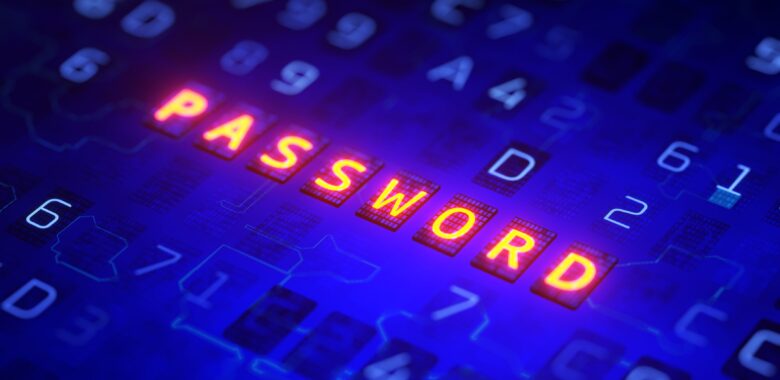It’s hard to believe that it’s been over four years since the world went into lockdown due to the Covid-19 Pandemic. 4 years on and, by and large, the world appears to have gone back to normal… on the surface at least.
The pandemic turned how we work and operate on its head, forcing through changes and transformations that usually come about over a long period of time – and these changes have had long lasting impacts.
How We Work
Four years ago, the pandemic forced millions of workers across the globe into remote working, many for the very first time. What was once an exception, became the norm overnight.
At the time, there was endless debate about the ‘future of work’ – with predictions ranging from the complete abolition of offices, collapse of co-working spaces through to the return of full-time office presence. Four years o, and we’ve settled on a more middle ground with hybrid working a staple of organisations of all sizes and across all sectors.
Flexibility is here to stay, thanks to reports of increased productivity and greater employee satisfaction. Over a third of the UK (35%) also claim they are more efficient working from home, according to Thales’ 2024 Digital Trust Index. But despite these benefits, it’s also brought a unique set of challenges for both security and team cohesion.
Trusted remote access, the use of personal devices for professional purposes, the dangers of public Wi-Fi, or even the risks posed by connected home devices – there are new hurdles for security teams to consider when it comes to remote working.
How We Bank
Do you remember the last time you went into an actual bank branch? If you don’t, then you’re not alone. KPMG found that one in five Brits haven’t visited a bank branch since before the pandemic, and large swathes of bank branch closures echo that view, with a greater shift to online banking.
And it’s easy to see why. Banking apps are increasing their capabilities, enabling users to carry out many tasks usually associated with the branch – such as checking deposits, statement reviews, money transfers and managing their payment cards.
The move towards offering digital services is inevitable for banks and financial institutions; it’s an expectation that is set for consumers in other parts of their lives, whether using Uber to get a ride or streaming a movie from Netflix.
However, the rise in fraud has highlighted the importance for banks to conduct risk assessments when digitizing services.
The sophistication of tools designed to track and identify fraudulent customer applications have improved exponentially. The last year in particular has seen functions like ‘device profiling’ grow in savviness, meaning banks can remotely understand if a smartphone has been used to open multiple accounts. Combine this with behavioural analytics in the form of population profiling, looking at statistical averages and geo-localization, to try and spot those hiding behind TOR browsers, financial institutions have a powerful set of tools designed to spot trends that link to fraud.
How We Travel
It’s hard to think of a sector more severely hit by the pandemic than the travel industry. After restrictions and travel bans, travellers are back to taking advantage of seamless international travel again.
However, with passports, check-in information, boarding passes, visas, proof of vaccinations – depending on where you’re travelling to – it can feel like a never-ending list of documents that you need to have to hand at the airport, which can cause frustration to even the most seasoned of travellers.
In a previous blog my colleagues discussed how Digital ID technology has the potential to greatly improve the efficiency, security – and ultimately customer journey at the airport with the announcement that American airlines recently launched their own Mobile ID scheme.
Solutions such as Fly to Gate are designed specifically to improve and streamline the passenger experience – while satisfying robust security protocols. Digital ID and facial biometrics can be harnessed to do just that – all the while removing the need for passengers to show a ticket or ID at every checkpoint.
In many ways, the pandemic has acted as a circuit breaker, helping different sectors and industries accelerate and implement innovations that usually take years to come to fruition. However, with any technological innovation, security needs to be baked in from the outset.
What other noticeable changes have you seen since the pandemic? Drop any thoughts in the comments.



